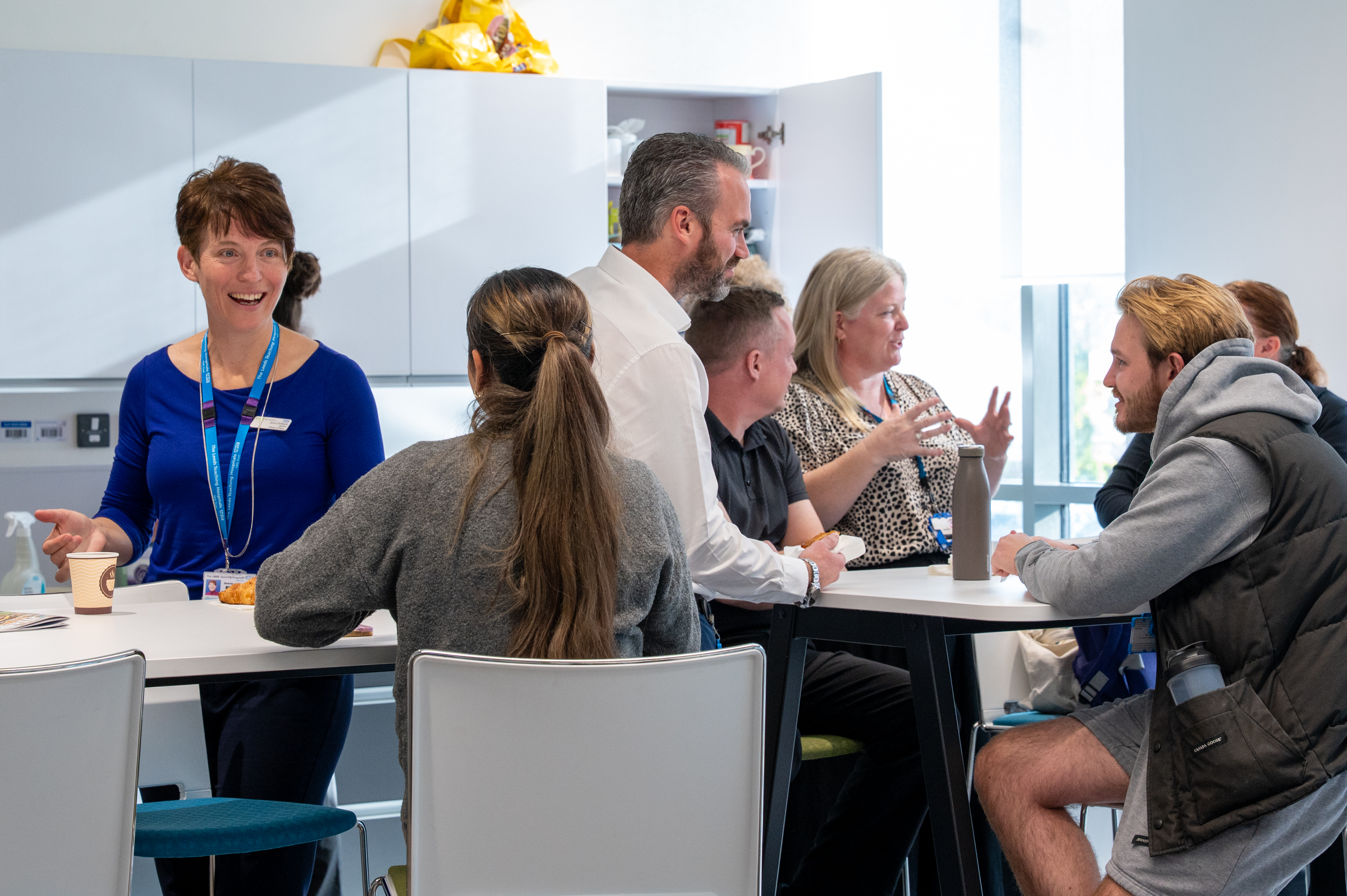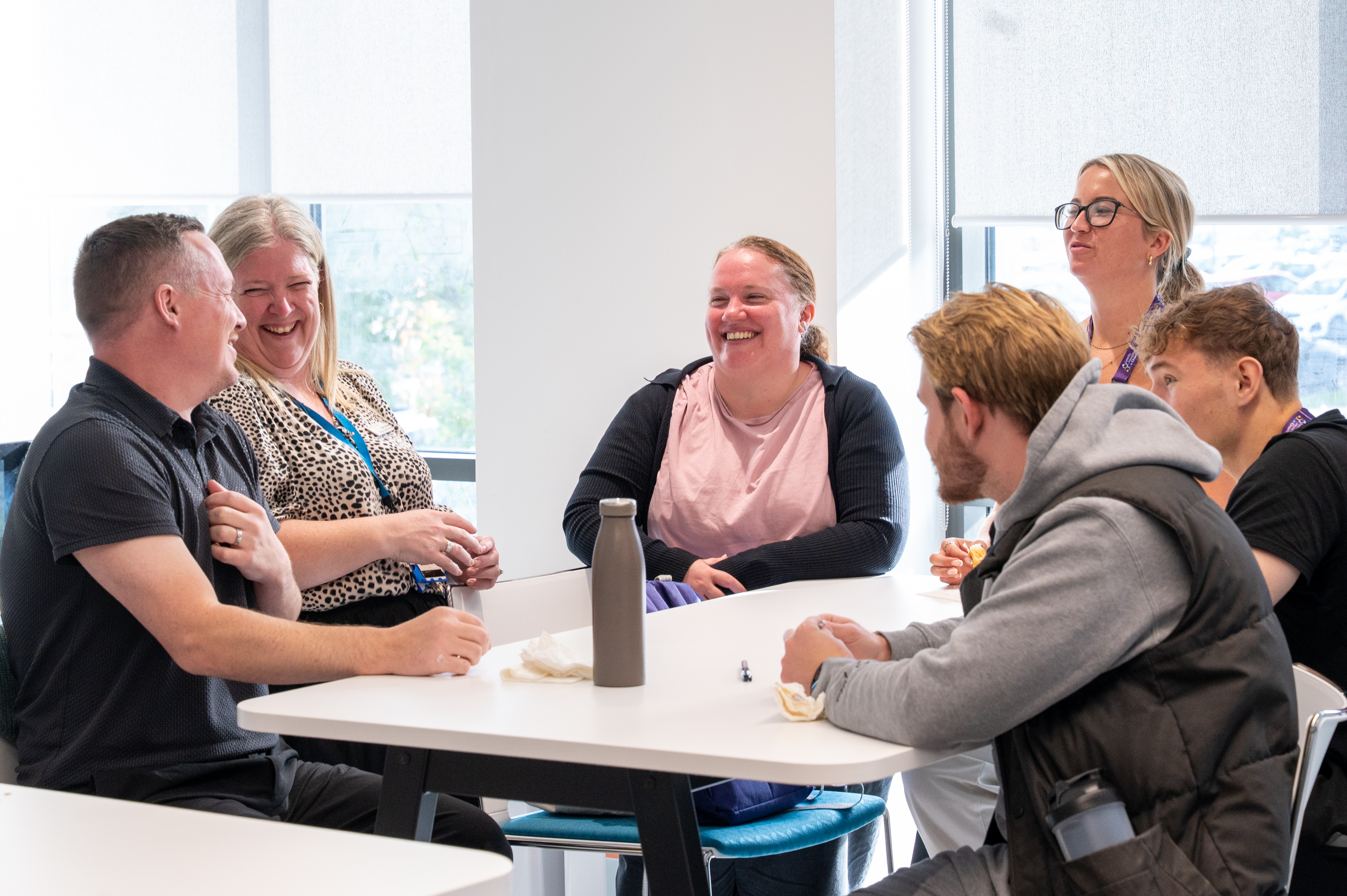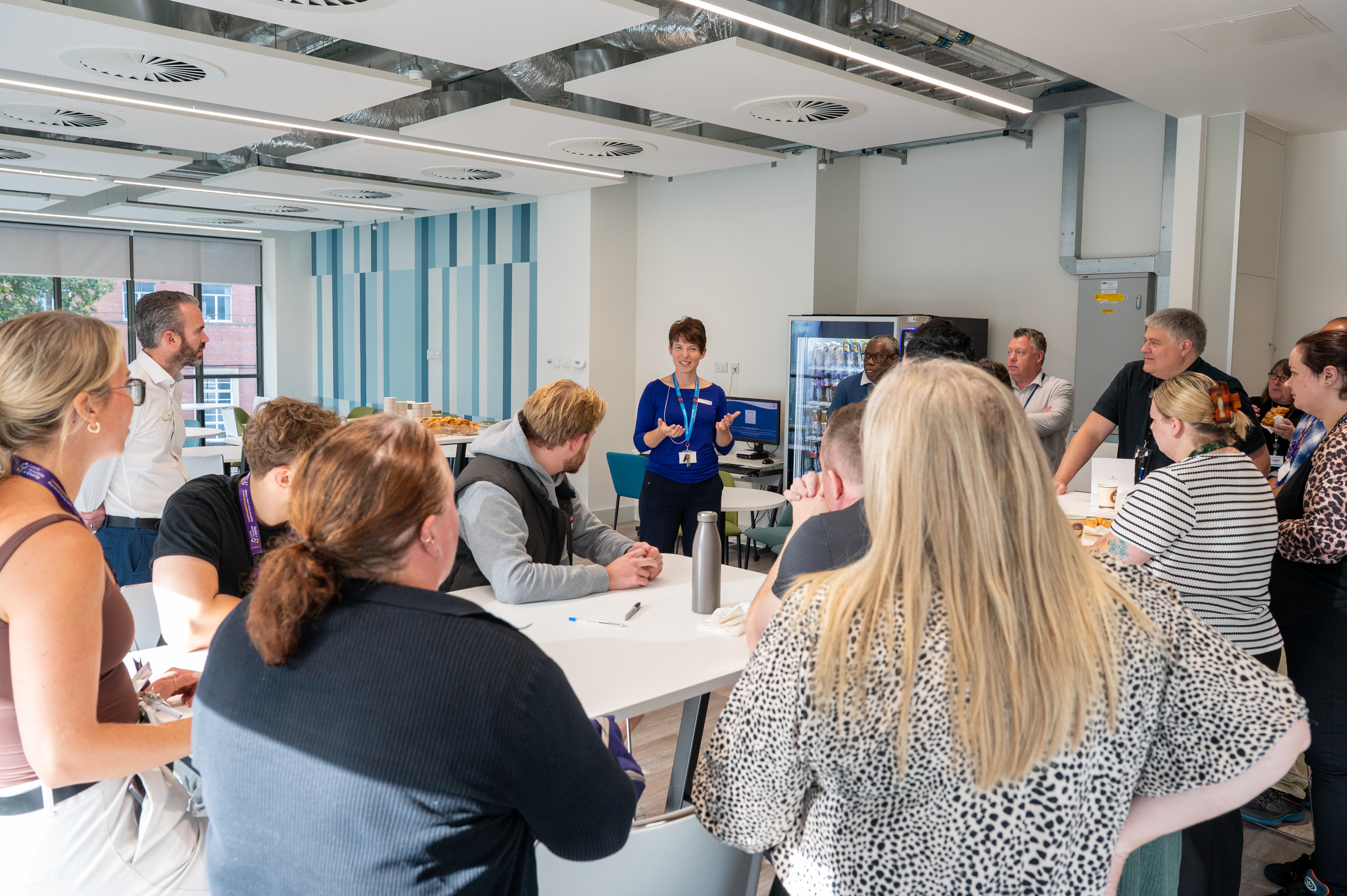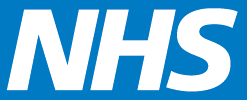The WYAAT Pathology Programme has established a network for pathology services in West Yorkshire and Harrogate to address challenges around staffing, increasing demand, and upgrading equipment, so we can invest in developing services and staff to improve our services.


Pathology consolidation is a national agenda, developed following the two Carter reviews in 2008 and 2016, and forming an NHS Improvement (now NHS England) programme in 2017. In 2016, Lord Carter was tasked with reviewing performance data for pathology services. In line with his recommendations, published in these two reports (Report of the Review of NHS Pathology Services in England and Report of the Second Phase of the Review of NHS Pathology) WYAAT agreed a plan to move some pathology testing into ‘hubs’ across the region, with each trust retaining onsite testing to support specific acute care needs.
Across WYAAT, we are in the process of creating a collaborative partnership between three of our trusts – Calderdale and Huddersfield NHS Foundation Trust (CHFT), Leeds Teaching Hospitals NHS Trust (LTHT), and Mid Yorkshire Teaching NHS Trust (MYTT) – to support changes to how some specialist pathology services are provided across our region. In September 2025, MYTT microbiology colleagues joined the team at LTHT, marking a significant milestone in this programme.




Bringing together some services previously delivered at three trusts into the new Centre for Laboratory Medicine (CfLM), based at St. James’s University Hospital in Leeds, enables more consistent, clinically appropriate turnaround times, ensuring the right test is available at the right time. It makes better use of our highly skilled workforce to deliver improved, earlier diagnostic services, supporting better patient outcomes.
Our other WYAAT hospitals - Bradford Teaching Hospitals NHS Foundation Trust, Airedale NHS Foundation Trust and Harrogate and District NHS Foundation Trust - already exist under a ‘joint venture’ (which is another name for a collaborative partnership) for the delivery of their laboratory services.
Laboratory Information Management System (LIMS)
WYAAT is currently working towards implementing a single shared LIMS, which will allow all six trusts to share work across laboratories and provide much-needed technical resilience.
A shared LIMS will enable our trusts to request, view and share patient test results with each other, providing clinical users with a more complete patient history. Being able to see test results taken across the region allows our consultants, nurses, and other clinicians to diagnose and treat patients sooner, removing the unnecessary admin associated with requesting tests from other hospitals.
For the past two years, the six pathology departments have worked collaboratively to harmonise test codes and working practices, making it easier to work across sites and reducing unwarranted variation. Five of the six WYAAT trusts are now using the shared LIMS in a range of pathology disciplines.
Transitioning to a shared LIMS also prevents patients presenting at different hospitals from having to repeat tests, such as blood tests and other often unpleasant procedures, improving their experience.
Moving forward, WYAAT is reviewing how we can expand this work to share results with neighbouring primary and community organisations, including data from a wider range of hospital, GP, and community systems.
National Pathology Imaging Co-operative (NPIC) Programme
The Network will deploy digital pathology to our trusts and be used to develop artificial intelligence to improve diagnosis.
The pathology programme is closely involved in the roll out of digital cellular pathology as the first trusts to deploy the technology within NPIC. This will create digitised images of cellular pathology microscope slides, enabling them to be stored, shared and reported digitally.
Histopathology and Cellular Pathology
Clinical and operational leads from all six trusts in the Network are currently reviewing our services in order to:
- meet the challenge of increasing demand and complexity
- maintain the current workforce and develop the workforce of the future
- deliver the service that patients and service users required
- realise the benefits of networking









